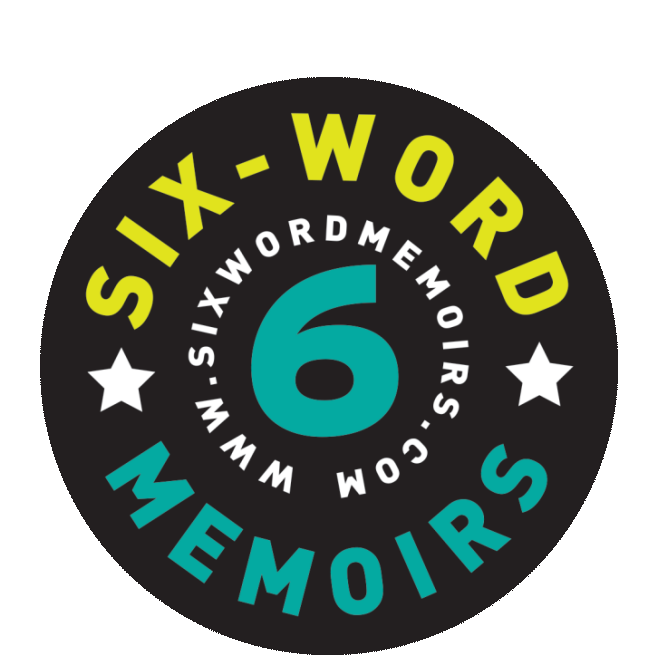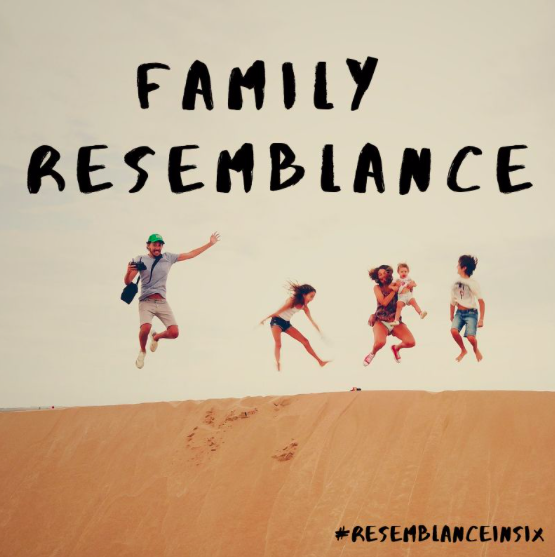“I’ve gotten some of the most profound Six-Word Memoirs from the most struggling students.”
Cathy Dyer has used Six-Word Memoirs in her classroom every year since 2009: “This is the only ice breaker activity that I’ve stuck with,” she explains. As a tenth grade English teacher at McKeel Academy of Technology in Lakeland, Florida, one of the first activities Dyer gives her students is to write their Six-Word Memoir and a backstory, accompanied by a small illustration to be shared on her classroom wall.

An illustration by one of Dyer’s student’s interpreting Martin Luther King Jr.’s I Have a Dream speech
In one of the first lesson plans of the year, Dyer has her students analyze Martin Luther King Jr.’s iconic I Have A Dream speech and create a thematic Six-Word Memoir based on the speech’s message. That Six-Word Memoir is then used as a title for their own written piece that pulls textual evidence from Dr. King’s speech and creates a springboard for their interpretation of his words.
Over the years, Six-Word Memoirs have become a staple in Dyer’s class plans, allowing her students to keep their ideas and analyses concise. “I started using it as a way to get the students to arrive at theme. When we read something, I have them figure out the theme and put it in six words,” she explained. “I think the key for why it works so well is that it really gives a laser focus, since you’re only using six words.” Dyer believes Six Words fits so well in her teaching because “it’s so unintimidating, especially for your struggling writers. I’ve gotten some of the most profound Six-Word Memoirs from the most struggling students.”
Dyer’s use of Six-Word Memoirs extends far beyond her own classroom. In 2013, Dyer and some of her colleagues were awarded a $250,000 Innovative Best Instructional Practices grant that allowed them to travel throughout Florida for two years, sharing with other educators their favorite classroom tools to engage students through reading and writing. One of Dyer’s presentations focused on Six Words as a tool in the classroom, encouraging teachers and classes in 48 counties to use Six-Word Memoirs in their own class plans. Dyer has gotten great feedback and ideas from teachers in other disciplines: “Math teachers have emailed me back and said ‘Hey, I’ve used Six-Word Memoirs to get kids to define shapes.’” She continued, “Or, instead of having kids copy down the exact dictionary definitions, [a teacher] made them put their science terms in Six-Word Memoirs.”
Dyer has been hard at work, both in the classroom and beyond, to share Six-Word Memoirs with the teaching world. We’re thrilled to be an icebreaker for academia and a springboard to learning!
Teachers! Since we first launched the Six-Word Memoir project, educators across the spectrum have found Six Words to be a terrific classroom assignment and catalyst for self-expression. At our Six in Schools section we celebrate students’ work from classrooms around the world. Our Six Words for Schools workbook is the first in our suite of school-based teaching tools, and launched our Six Schools website, a place solely for teachers to share their classrooms’ work with other educators globally. Check it out! Let us know what your classroom is up to and we might feature your students’ work on our blog.
Notice: Trying to access array offset on value of type bool in /home/spne4ga7gzfc/public_html/wp-content/plugins/select-core/shortcodes/social-share/social-share.php on line 181
Post a Comment
You must be logged in to post a comment.






Linda
Good for students of all ages.